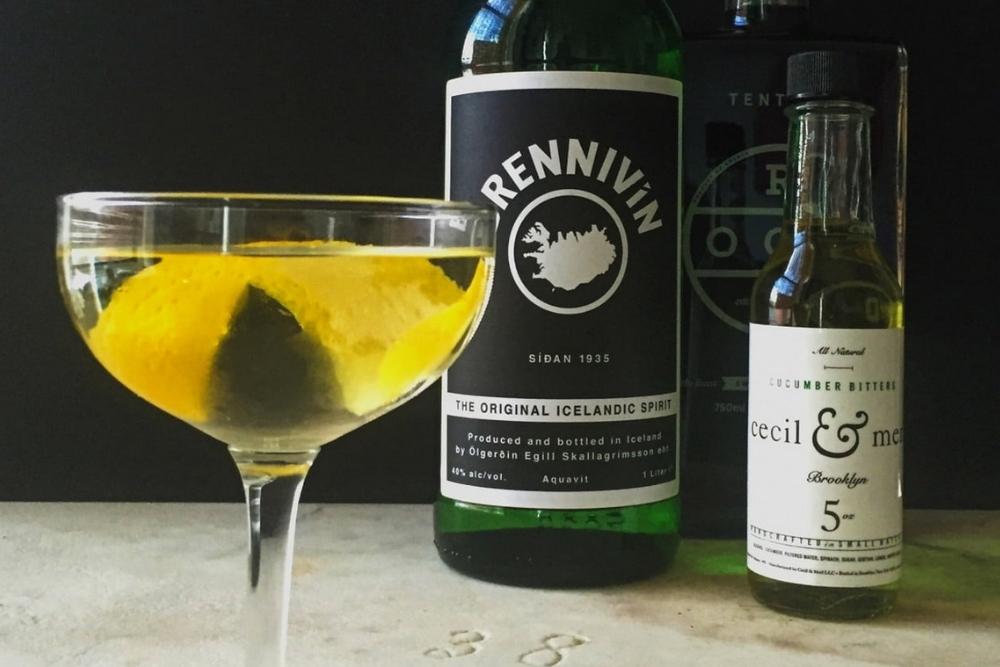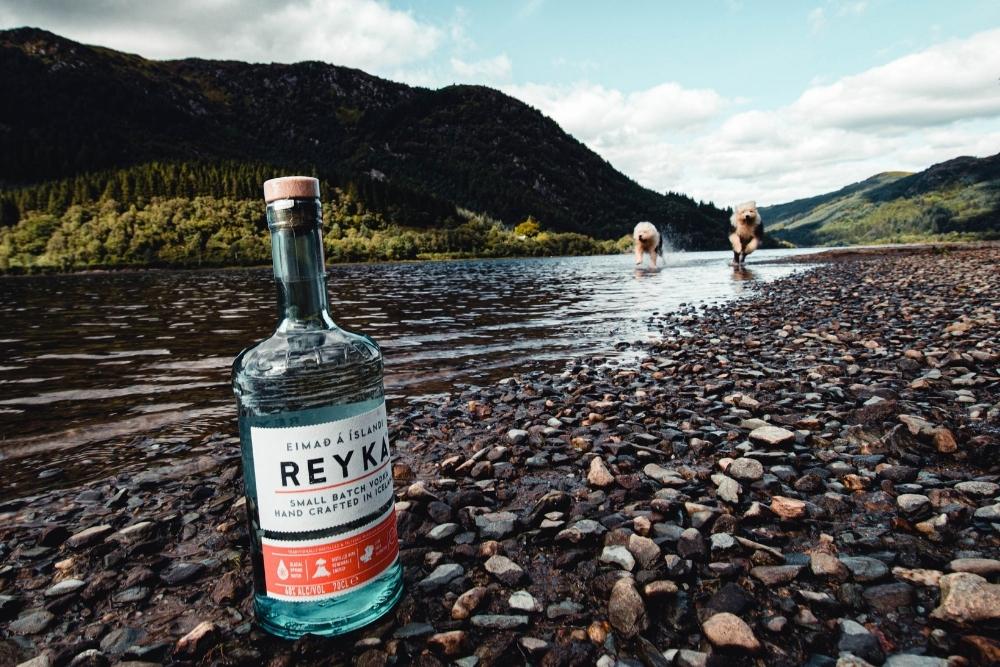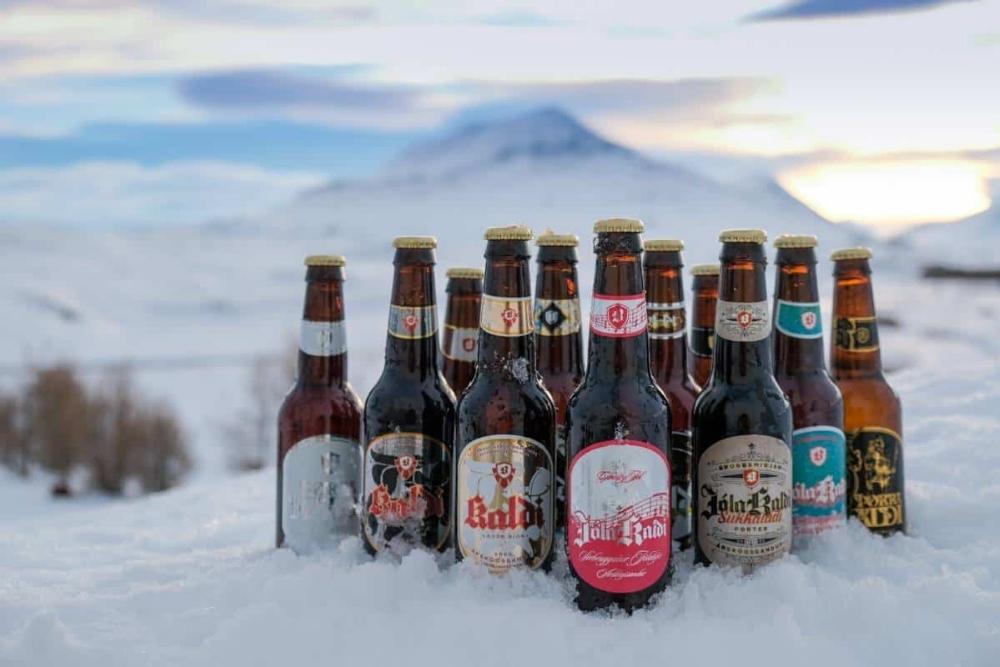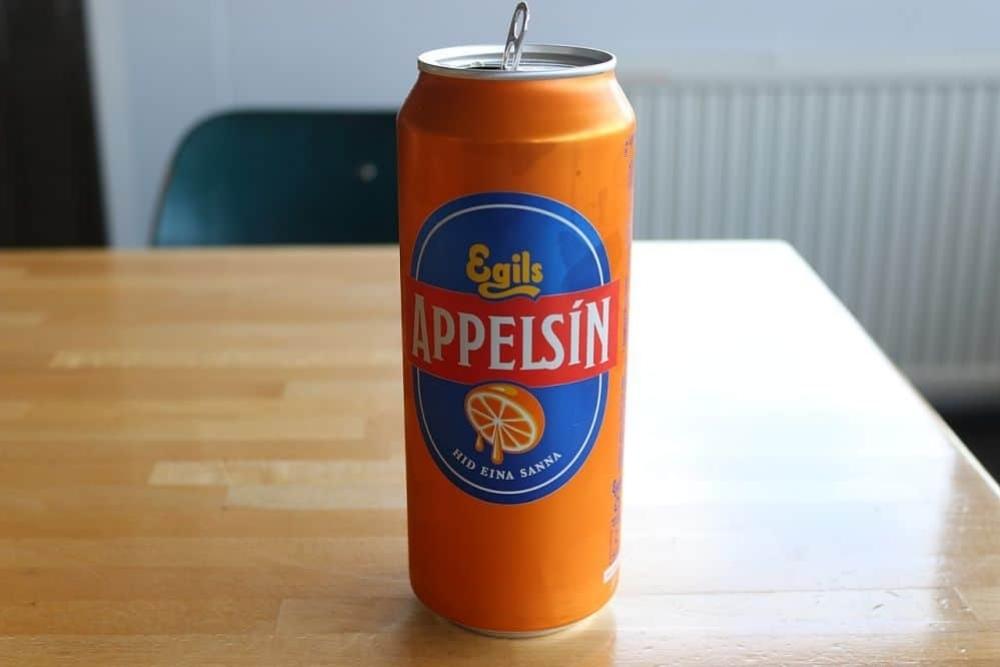Think of France, Spain, and Italy, and you will think of wine. Think of Portugal, and you will think of port wine. Think of Germany and the Czech Republic, and you will see oceans of beer. There’s vodka in Russia. In Denmark is the akvavit. In Greece – ouzo. In Turkey – raki. In Romania – țuica. And so on. Most European countries have a traditional drink, and Iceland is no exception. The traditional drink in this country is Brennivin – also called the “black death”. But this is not the only alcohol on the side. Below you’ll find everything you need to know about Iceland’s spirits and drinks. Otherwise, a country where everything is costly, especially things with a higher percentage of alcohol.
What to drink in Iceland: Brennivin – traditional Icelandic drink

Brennivin is a “schnapps” specific to Iceland, obtained by fermentation of potatoes and flavored with caraway seeds. The word “brennivín” literally translates into “wine that burns” and definitely has a distinct and robust taste. It is often served with “hákarl” (rotten shark meat) and helps fade the taste of meat. It was called the black death because of the black label on the bottles and because many people drank this liqueur until they switched to the everlasting ones.
Brennivin is a traditional drink served during the Þorrablót celebrations, which occur in the middle of winter, but many Icelanders do not drink it in a standard way. In fact, over time, this drink has earned the reputation of being associated with alcoholics because it has a high content of strength and is relatively cheap. However, if you want to try it, you can buy small duty-free bottles at the airport or ask for a shot in a bar.
A bottle of Brennivin in the market (sold only in Vínbúðin stores) costs around 30-75 euros.
Icelandic vodka

Even if we’re not talking about Russia, find that Reyka is Iceland’s first (and only) distillery. It produces sensational vodka, which you can find in duty-free, in local liquor stores and in many bars and restaurants. It is a limited series produced in a unique style that uses geothermal water from a local spring, volcanic rocks for filtration, and geothermal energy for heating. It can be drunk on its own or in a cocktail, and it is a drink made from the natural resources of Iceland. An excellent and very drinkable vodka, even the Russians would be envious.
Icelandic beer

Beer has a troubled history in Iceland. In fact, it was banned (along with all that meant alcohol) from 1915 until 1925 and remained an illegal drink until March 1, 1989. That’s why, the islanders celebrate Beer Day every year on the 1st of March. The oldest brewery in Iceland is called Ölgerðin and continued to produce beer for export at that time; they also made a beer without alcohol and some sorts of juices. Nowadays, Icelanders drink over 81 liters of beer per inhabitant every year, their choices going to Viking, Egils, Skjálfti, Thule, Boli, Gull, Kaldi, Gullfoss, and some other small breweries. Actually, Iceland main brewery is Egill Skallagrímsson, which produces the Gull and Boli brands.
How much costs beer in Iceland? Even if pretty expensive, beer is definitely the cheapest and most popular choice in bars and restaurants. A domestic bottle of beer (0,5 l) in a restaurant costs, around 7-11 euros.
The mixture called Appelsin

When it comes to alcohol-free drinks, Appelsin (a bubbled juice from fruits) and malt (a dark and sweet drink, made of malt and considered nutritious and good for the stomach) are the most popular choices. Bland, a mixture of Appelsin and malt, appeared in 1956 and soon became a popular drink during Christmas. Currently, Icelanders drink over 16 liters of malt (mainly bland), during each holiday season.
You may also like: How to drink Raki, the Turkish national spirit




